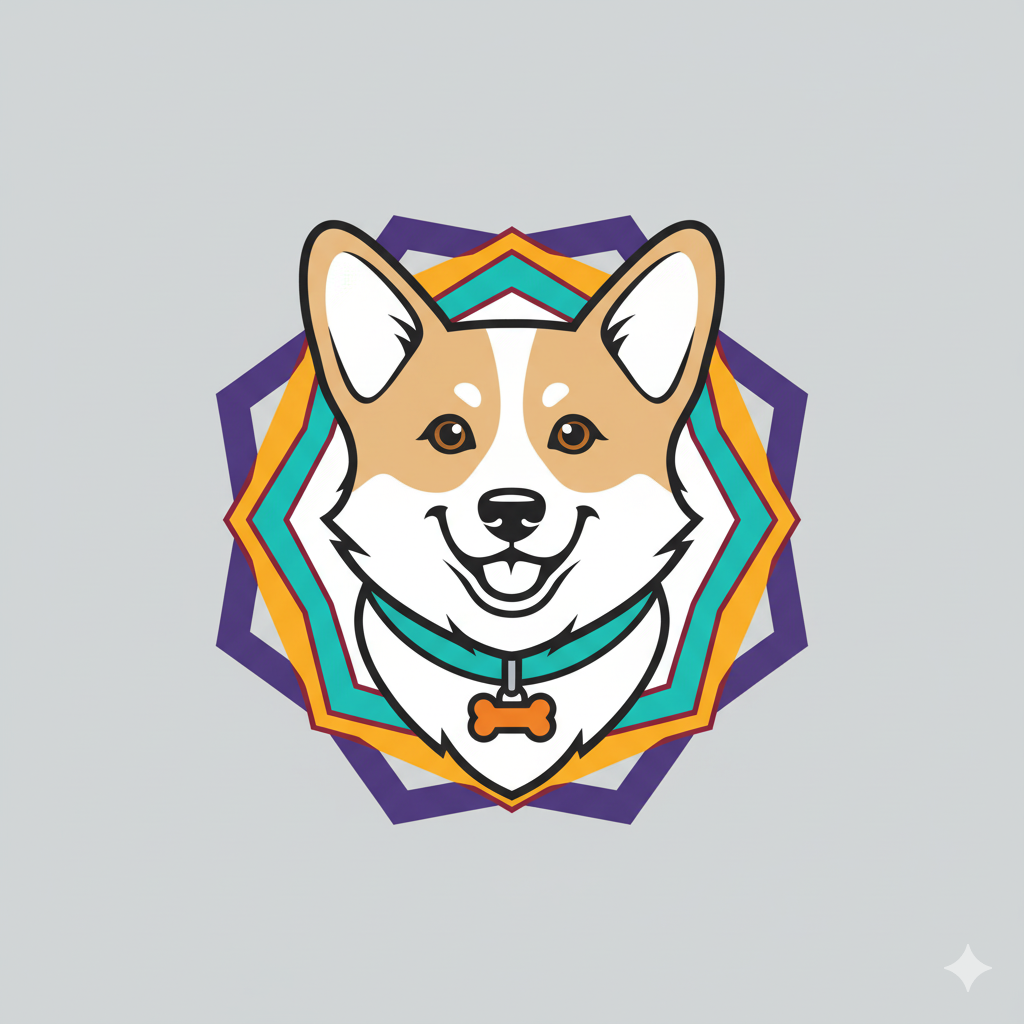Importance of Mental Stimulation for Pet Rabbits
Mental enrichment for rabbits is crucial to their overall wellbeing. Rabbits are intelligent creatures that require consistent mental stimulation to stay healthy and happy. Without proper mental enrichment for rabbits, they may develop behavioral issues such as aggression, destructive chewing, or excessive digging, which indicate frustration or boredom.
The benefits of mental stimulation go beyond behavior improvement; it supports cognitive function and reduces stress, promoting a stronger immune system. Providing toys, puzzles, or interactive activities encourages natural behaviors like foraging and problem-solving. This engagement helps prevent depression and lethargy in pet rabbits, contributing to a longer, more fulfilling life.
Have you seen this : How Can British Wild Animals Adapt as Unconventional Pets?
Signs your rabbit needs more enrichment include restlessness, repetitive movements like pacing, or neglecting grooming. Watching for these behaviors allows owners to introduce targeted mental enrichment for rabbits tailored to their needs. Activities as simple as hiding treats or rotating toys periodically can spark curiosity and positively change rabbit behavior improvement.
Focusing on mental stimulation ensures your pet rabbit remains mentally sharp and emotionally balanced, creating a bond based on trust and active engagement. Encouraging these habits leads to healthier, more content pets.
Also to read : How Can Pet Ownership Improve Well-Being in the UK?
Engaging Activities to Stimulate Your Rabbit
Keeping your rabbit mentally and physically active is crucial for its wellbeing. Activities for rabbits should balance safety with fun, whether indoors or outdoors. Safe indoor play ideas include creating small obstacle courses using cardboard boxes or tunnels, encouraging your bunny to explore and exercise. Outdoor play often involves supervised free-roaming in secure, enclosed areas, allowing natural behaviors like digging or hopping.
Understanding the difference between structured play and free-form play helps maintain interest. Structured play might involve teaching your rabbit simple tricks through positive reinforcement or guiding it through a puzzle feeder. Free-form play gives your rabbit time to explore and interact freely, which can be stimulating and relaxing.
To avoid boredom, rotate the rabbit play ideas regularly. Changing toys, rearranging play spaces, or introducing new interactive challenges keeps your rabbit curious and engaged. Interactive rabbit games, such as hide-and-seek with treats or using treat-dispensing toys, satisfy their natural foraging instincts.
By varying activities for rabbits and carefully mixing structured with free-form play, you ensure your rabbit stays happy, healthy, and stimulated throughout the day. This dynamic approach caters to their social and physical needs effectively.
Recommended Toys and DIY Enrichment
When considering rabbit toys, it’s crucial to find options that promote mental stimulation and physical activity. Commercially available toys often include chewable wooden blocks, tunnels, and treat dispensers, designed to keep rabbits engaged. These toys support natural behaviors like chewing and digging, which help prevent boredom.
For those interested in DIY rabbit enrichment, simple projects can be highly effective. For example, crafting a cardboard maze or a hanging treat holder from untreated wood encourages exploration. Start by cutting safe materials into manageable shapes, then assemble them securely. Always supervise your rabbit during play to ensure safety.
Regarding safe toys for rabbits, avoid items treated with chemicals or painted surfaces. Natural materials like untreated wood, paper, and hay are preferable. Some pet owners have successfully used household items such as empty toilet paper rolls stuffed with hay, providing both fun and nutrition.
In sum, selecting or creating rabbit toys that align with your pet’s natural instincts enhances their well-being. Combining commercial products and home-crafted enrichment ensures variety, keeping your rabbit happy and healthy.
Enhancing the Rabbit’s Environment
Creating a rabbit-friendly space goes beyond just providing food and shelter. To enrich a rabbit habitat, consider an enclosure that stimulates natural behaviors. A well-designed environment promotes physical activity and mental engagement, crucial for a rabbit’s well-being.
Incorporate tunnels, hideaways, and multiple levels to mimic the complexity of a wild environment. These elements encourage exploration and secure resting spots, reducing stress and boredom. Tunnels can be made from cardboard or safe plastic, providing spaces to dart through and hide. Elevated platforms introduce height variation, appealing to a rabbit’s curiosity and agility.
Foraging opportunities are vital in environmental enrichment for rabbits. Using food puzzles challenges your rabbit to work for treats, activating their problem-solving skills and natural foraging instincts. Simple devices like treat balls or homemade puzzle boxes filled with hay mixed with bits of vegetables encourage active feeding.
By thoughtfully enhancing the rabbit habitat with these stimulating features, owners support both mental and physical health. This active environment reduces the risk of behavioral issues caused by confinement or under-stimulation, making life more enjoyable for rabbits while keeping them engaged and happy.
Safety and Monitoring During Enrichment
Ensuring rabbit safety during play is essential to prevent accidents and stress. Start by carefully inspecting all toys and enrichment setups for potential hazards. Avoid items with small detachable parts that could be swallowed or sharp edges that might cause injury. Opt for materials known to be safe and non-toxic.
Monitoring rabbit play involves observing your pet closely for any signs of stress or overexcitement. Stress indicators can include rapid breathing, freezing, or aggressive behavior. Overexcited rabbits may become reckless, risking injury. Regularly check your rabbit’s physical and emotional responses during activities, and be prepared to intervene if needed.
Adapt enrichment activities according to your rabbit’s personality and needs. Some rabbits prefer gentle exploration, while others enjoy more vigorous interaction. Tailoring the complexity and intensity of play can enhance enjoyment while maintaining safety. Remember, the goal is balanced stimulation without overburdening your pet.
Following these enrichment safety guidelines makes playtime both rewarding and secure. Prioritize hazard identification, attentive monitoring, and personalization of activities to foster a positive and safe environment for your rabbit.


